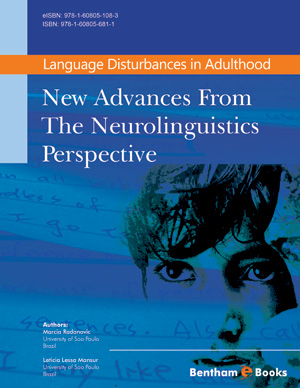Abstract
Functional neuroimaging methods allow the study of healthy subjects and patients while they perform selected tasks, in a relatively non-invasive manner. PET and fMRI studies have greatly contributed to our understanding of language processing in the past decades. Regarding language comprehension, studies indicate that the posterior region of the left superior temporal gyrus, or Wernicke's area, is divided into several functional subareas which are involved in phonemic perception, access to lexical representations, and retrieval of words from the semantic store; the inferior temporal cortex, the medial and lateral portions of the temporal lobe, the angular gyrus and frontal association cortex in the left hemisphere (LH) are related to semantic processing, while the left frontal inferior cortex is involved in syntactic tasks. Comprehension of discourse and texts depends on the left frontal lobe, although the macrostructural and connotational aspects of discourse interpretation demand right hemisphere (RH) activation. Other aspects of language processing that have been extensively studied using functional neuroimaging methods are bilingualism, the effects of literacy in the organization of neural networks, and the impact of speech therapy in the recovery of linguistic abilities in patients with cerebral lesions or degenerative diseases. However, one of the challenges faced by researchers in this field is how to create activation experiments that mimic the natural use of language in a more ecological way.
Keywords: Functional neuroimaging, positron emission tomography, functional magnetic resonance imaging






















